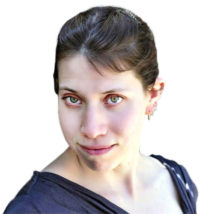
Bethany Brookshire was a longtime staff writer at Science News Explores and is the author of the book Pests: How Humans Create Animal Villains. She has a B.S. in biology and a B.A. in philosophy from The College of William and Mary, and a Ph.D. in physiology and pharmacology from Wake Forest University School of Medicine. She was a 2019-2020 Knight Science Journalism Fellow at MIT, the winner of the Society for Neuroscience Next Generation Award and the Three Quarks Daily Science Writing Award, among others.

All Stories by Bethany Brookshire
-
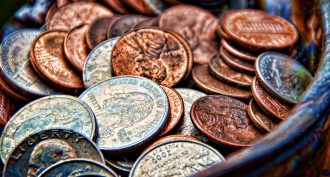 Tech
TechMaking cents of sounds
Some people give up when a vending machine rejects their money. But one student decided to turn his frustration into inspiration. Through research, he showed how to identify coins by the sounds they make.
-
 Brain
BrainHands-free but still distracted
When people aren’t distracted, they can see a traffic light change very quickly. But a teen scientist now shows that texting — even with a hands-free device — gets dangerously slow.
-
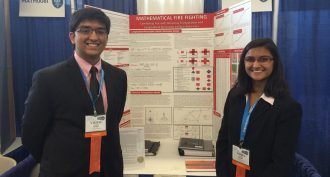
Inspired to do research
Finalists at the Intel International Science and Engineering Fair tell Eureka! Lab why they do scientific research.
-
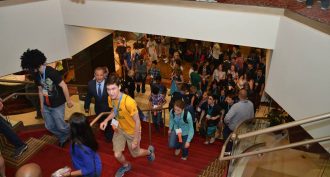 Science & Society
Science & SocietyThe Intel International Science and Engineering Fair kicks off
The Intel International Science and Engineering Fair brought together more than 1700 kids from around the world to share their science project. We live-tweeted the opening ceremony.
-
 Health & Medicine
Health & MedicineTeen researcher eyes peripheral vision
Our peripheral vision helps us work and play. A student scientist studied how the distance between our eyes affects what we can see on the outer edges of our field of view.
-
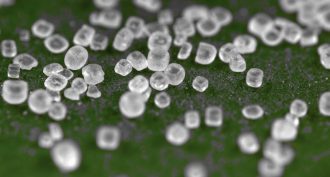 Chemistry
ChemistryScientists Say: Ion
Some atoms and molecules have a positive or negative electrical charge. These are called ions.
-
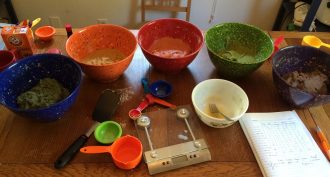
Cookie Science 16: If I had to do it all again
My second cookie experiment didn’t turn out quite like I planned. Here’s what I would do differently, knowing what I do now.
-
 Environment
EnvironmentScientists Say: Fracking
Liquid fuel sources such as natural gas and petroleum form deep underground between layers of rock. To retrieve them, engineers often use a technique called hydraulic fracturing, or fracking.
-
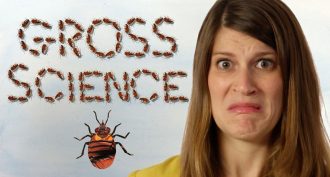
Get fascinated by the disgusting with “Gross Science”
A new YouTube series uses some of nature’s most repulsive lifeforms to get people interested in science.
-
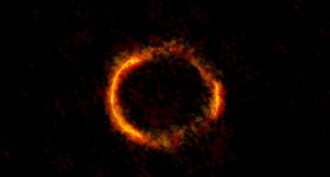 Space
SpaceScientists Say: Gravitational lens
A gravitational lens is an effect that occurs when a massive object lies between a viewer and something further away. The massive object’s gravity bends light arriving from the more distant object.
-
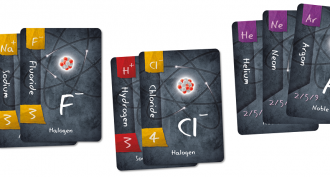 Chemistry
ChemistryForm some bonds with a chemistry card game
A new game can make aspects of learning chemistry fun. Pair charged elements together to create neutral compounds. Win points in the process.
-
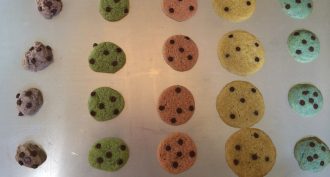
Cookie Science 15: Results aren’t always sweet
From my latest experiment, I now know how to make a cookie that my friend can enjoy. But here’s a puzzle: I could not repeat some results from my first set of tests.